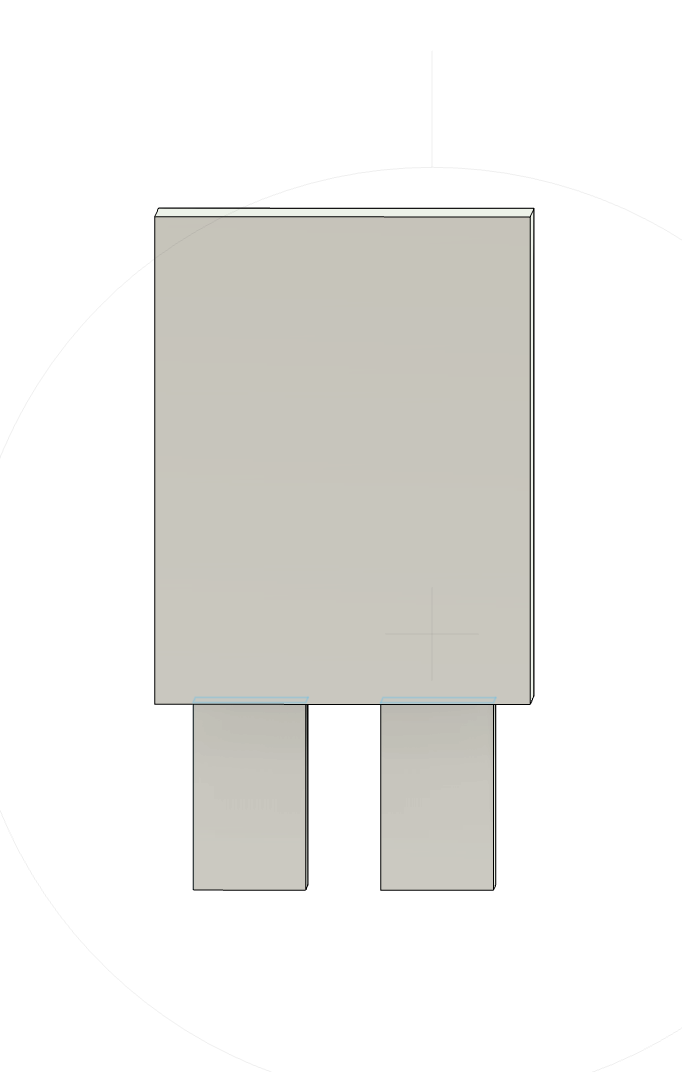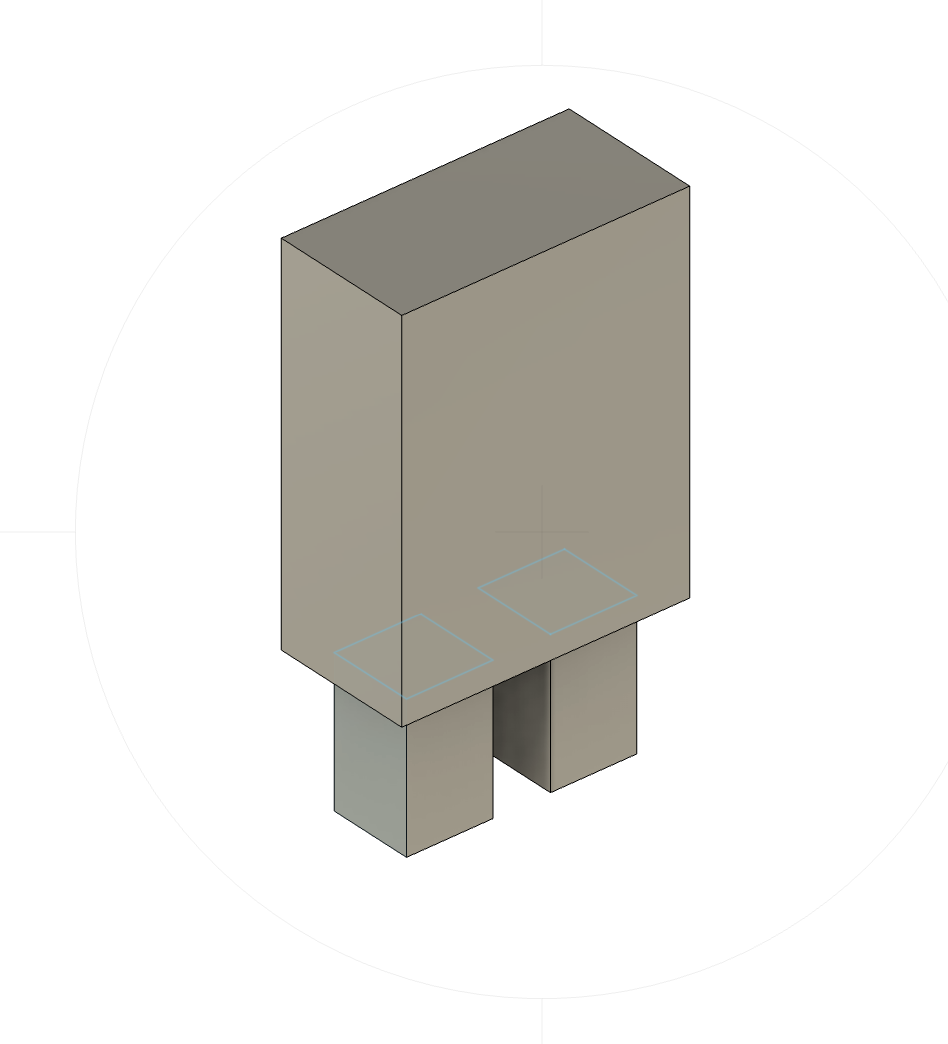
Week 0
Course Introduction & Setup · HTMAA 2025
Week Highlights
Course orientation and initial project exploration, including safety training completion and initial concept development for the final project.

Initial concept sketch for final project - exploring bioprinting rejuvenated tissue and aging biomarker devices
Table of Contents
Course Content
Documentation & Reflection
Course Introduction
Welcome to How to Make (Almost) Anything! This week focuses on course orientation, safety training, and setting up the foundation for the semester ahead.
This Week's Goals
- Complete safety training
Shop orientation, machine checkouts, PPE requirements - Set up documentation workflow
Git repo, web hosting, weekly documentation structure - Explore the lab space
Familiarize with tools, materials, and workflow
Assignments
- Course agreement
Review and sign the course agreement - Safety training
Complete all required safety modules - Documentation setup
Create personal documentation site - Final project proposal
Initial ideas and research direction
Resources
- Course website — MAS.863
- Lab location — EDS 38‑501
- Safety protocols — Machine checkouts, PPE requirements
- Documentation examples — Past student projects for reference
Helpful Documentation
Essential resources for course introduction, design principles, and parametric design.
Lecture Information
-
Principles and Practices - MIT Academy
Course overview covering digital fabrication principles, project management, version control, and web development. Includes links to various CAD programs, simulation tools, and AI-assisted design workflows.
-
Computer-Aided Design - MIT Academy
Comprehensive guide to 2D and 3D design tools including raster/vector graphics, CAD programs, simulation, and AI-assisted design. Covers everything from basic sketching to advanced parametric modeling.
Recitation Information
-
Parametric Design Recitation - Alfonso Parra Rubio
Hands-on tutorial for Fusion 360 covering parametric design principles, CAD basics, importing/exporting, and design for manufacturing. Includes step-by-step guidance for getting Autodesk Educational access.
Final Project Sketch
Initial concept sketches for the final project - exploring ideas for bioprinting rejuvenated tissue and aging biomarker devices.


Reflections & Notes
Early ideation and planning takeaways for the final project and weekly milestones.
Key Points
- Explored multiple final project concepts including mirror-based aging assessment, bioprinting, and multimodal biomarker systems
- Established modular design approach: subsystems that can be swapped or removed while maintaining functionality
- Planned to fabricate custom parts and design at least two PCBs for the final project
- Structured weekly work to contribute testable components toward the final build
Concepts Under Consideration
-
Mirror concept — reference video
- Motorized tilt; potential face recognition
- On‑board camera connected to the internet; model outputs shown on screen
- Voice capture for age; display results and, if possible, text‑to‑speech
- Integrate conversational layer (e.g., “Mirror, mirror on the wall…” for interpreting metrics)
- Rejuvenated tissue idea — to define scope and feasibility (TBD)
- Multimodal aging biomarker idea — sensor fusion + ML pipeline (TBD)
- Dome idea — structural/form exploration (TBD)
- Shuriken idea — mechanism/prototyping study (TBD)
Planning & Course Requirements
- Design as modular subsystems so components can be swapped or removed and still pass
- Fabricate custom parts and build my own electronics; target at least two PCBs
- Sequence work so each week contributes a testable piece toward the final build
Contributions
Acknowledgements for the help I received this week from my classmates and instructors.
Alfonso Parra Rubio - Fusion Office Hours
Thank you to Alfonso for providing helpful Fusion office hours and guidance on CAD modeling techniques.
Dan Gilbert - CBA Shop
Thank you to Dan Gilbert for assistance with the CBA shop facilities and equipment access.
Tolga Durak - SHED Bioprinter Access Discussion
Had extensive discussions with Tolga Durak about accessing the SHED bioprinter for potential final project work. Tolga provided detailed guidance on the BRR (Biological Research Registration) process through MIT's CAB/ESCRO committee, including requirements for MIT PI involvement, research proposal structure, and timeline considerations. He explained that the bioprinter is currently limited to approved research projects due to existing commitments, and that any access would need to be scheduled around three ongoing research projects. Prof. Gershenfeld agreed to serve as the MIT PI for the proposal, and I'm working through the BRR forms to submit the necessary documentation for committee review.
Ethical AI Use
Transparent documentation of AI assistance used in this week's work, following course guidelines for ethical AI usage.
📋 General Guidelines: See General Commands for Cursor on the homepage for standard guidelines and commands used consistently throughout documentation development.
AI-Assisted Web Development in Cursor IDE
This week's webpage development was assisted by Cursor AI to create the initial page structure, styling, and content organization. The AI helped with HTML/CSS implementation and responsive design patterns.
AI-Assisted Section Organization and Content Updates
Cursor AI assisted with organizing webpage sections, cleaning up HTML structure, and updating content for both week 0 and week 1 pages. The AI helped with code refactoring, section reorganization, and maintaining consistent styling across pages.
 This work is licensed under a
Creative Commons Attribution-NonCommercial-ShareAlike 4.0 International License
This work is licensed under a
Creative Commons Attribution-NonCommercial-ShareAlike 4.0 International License